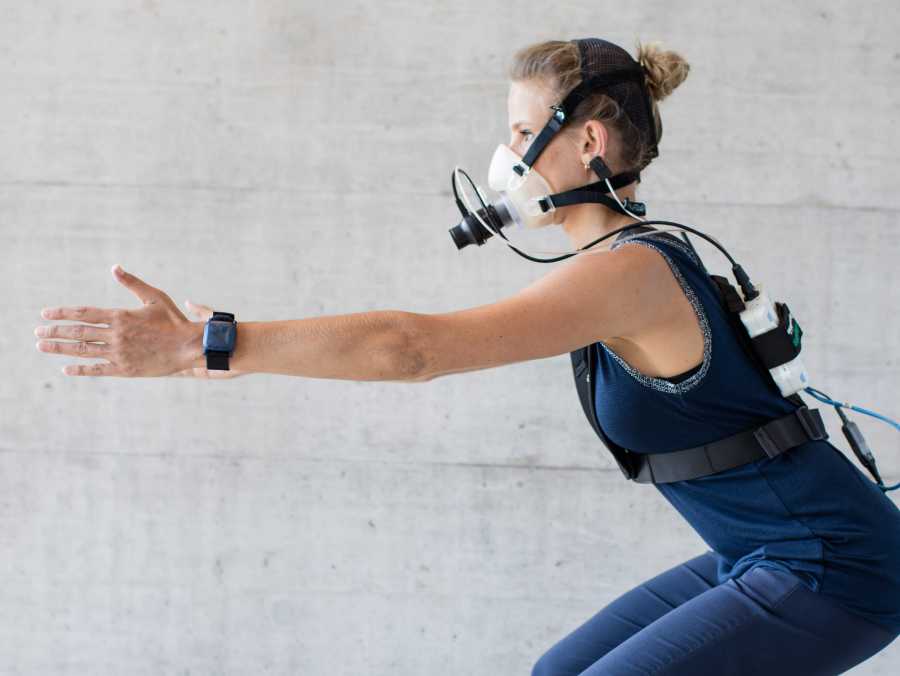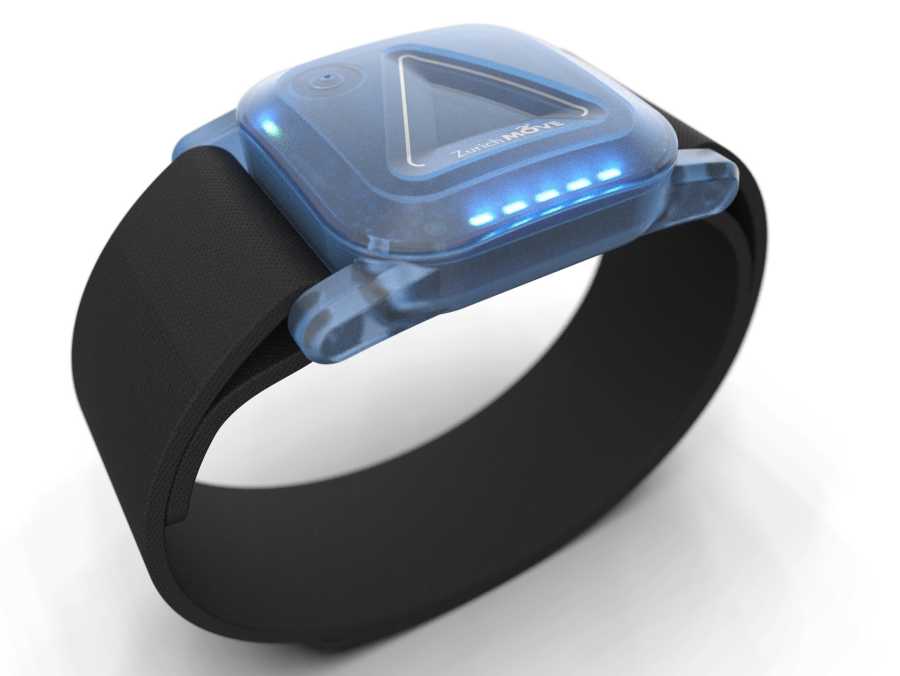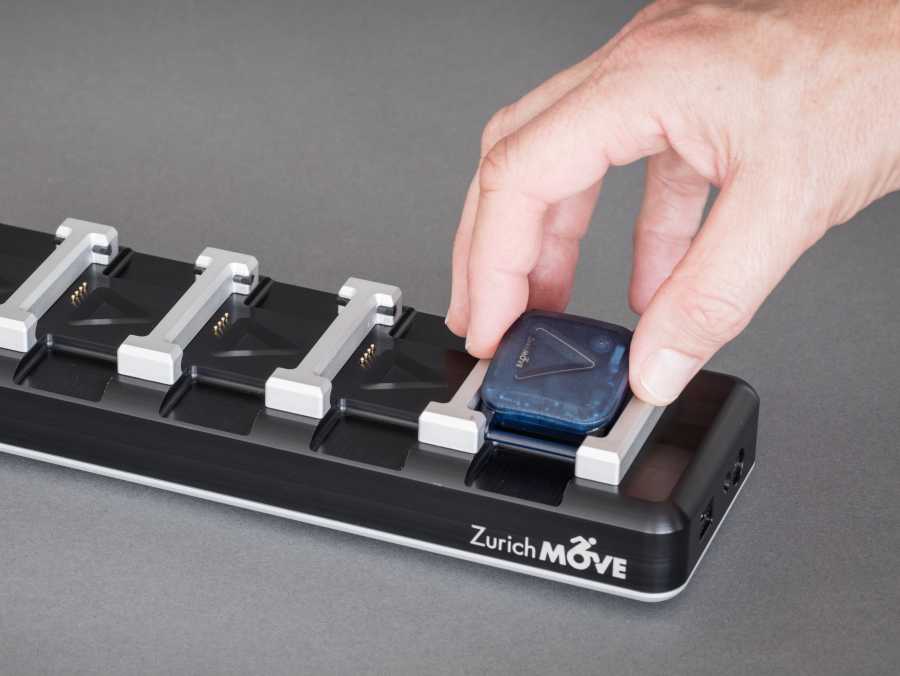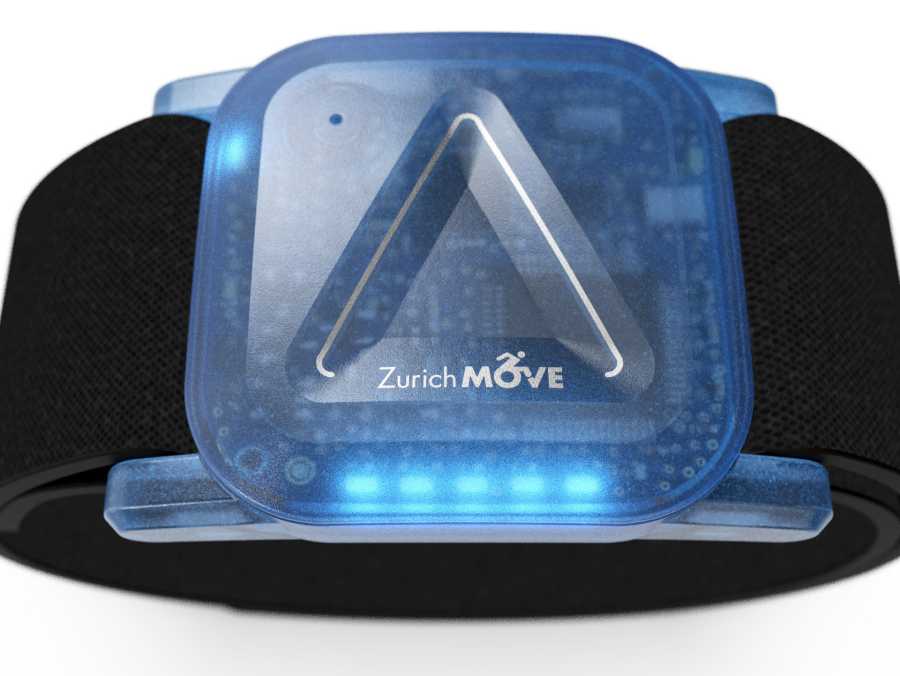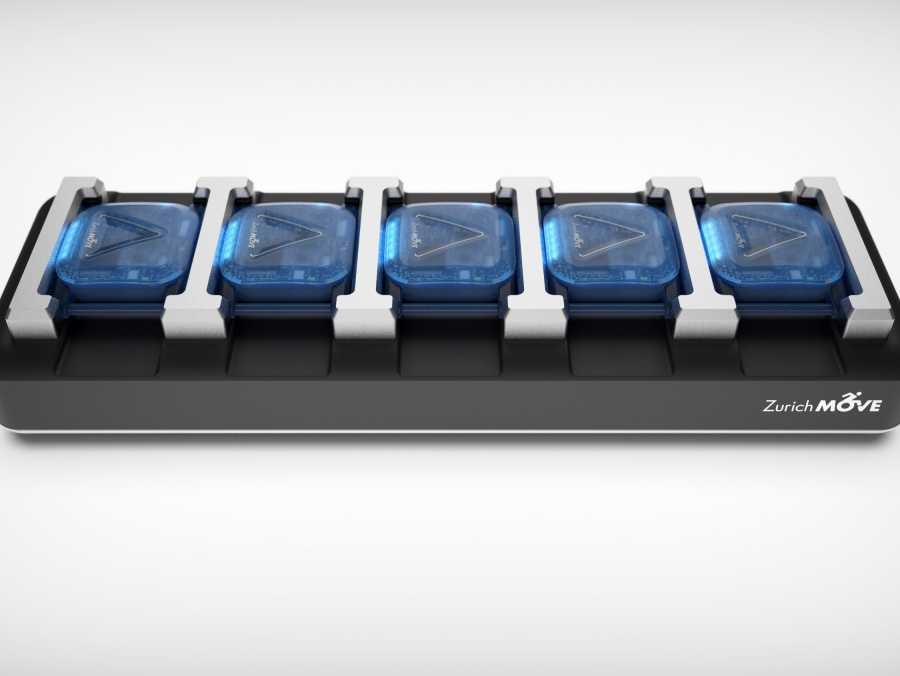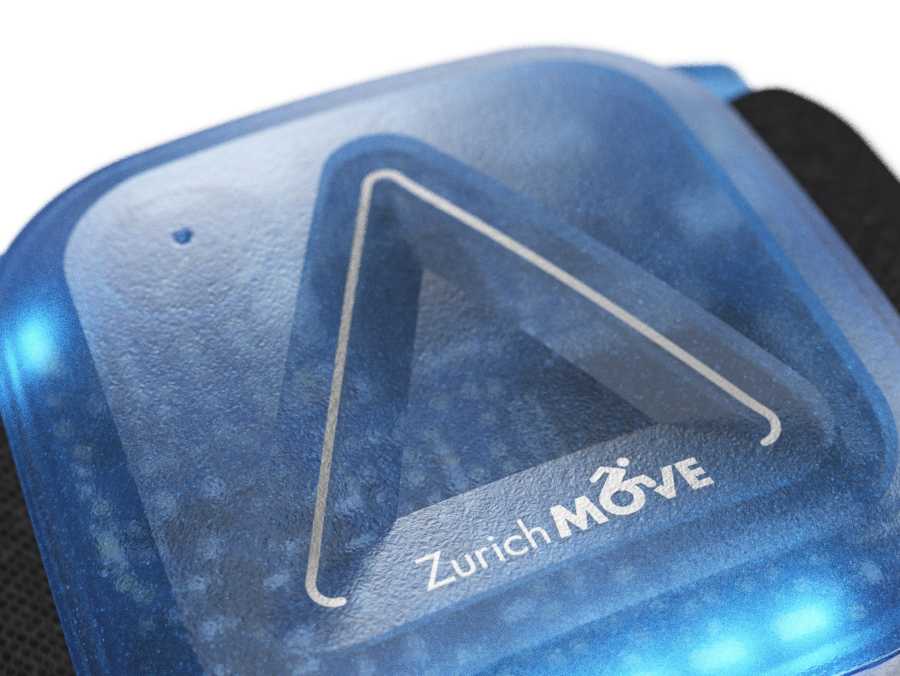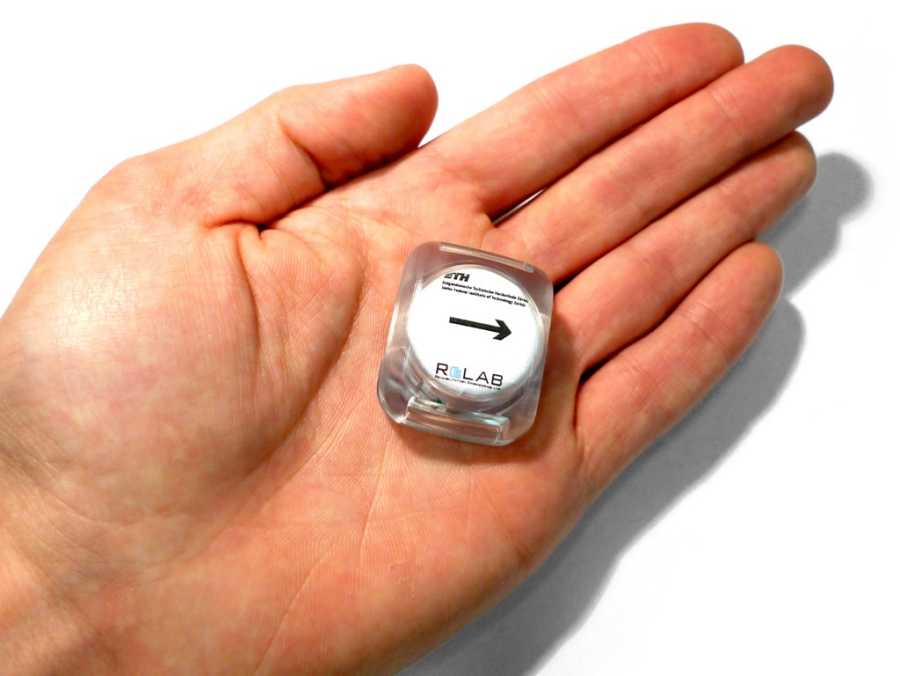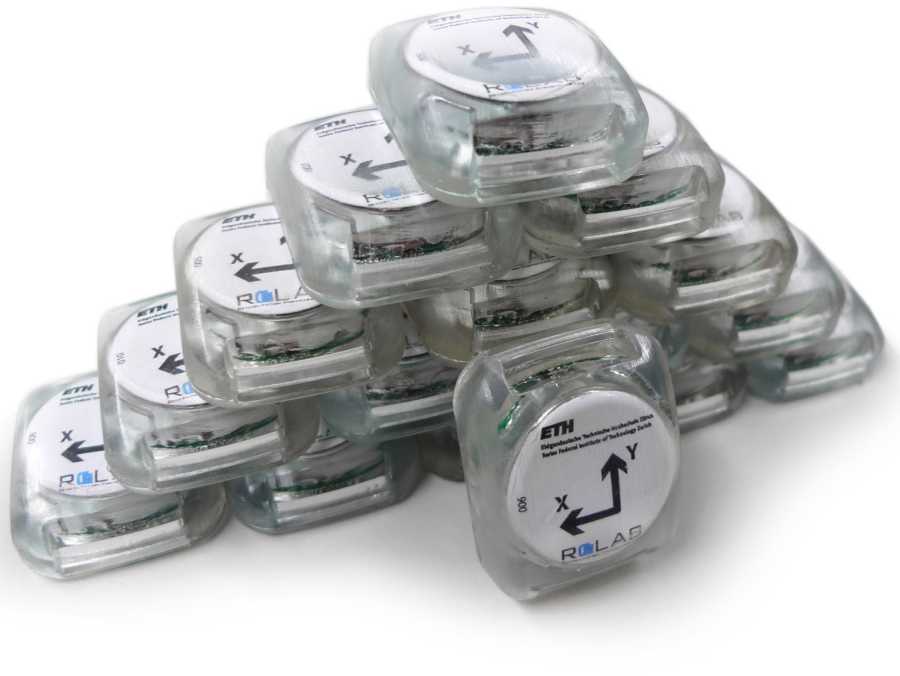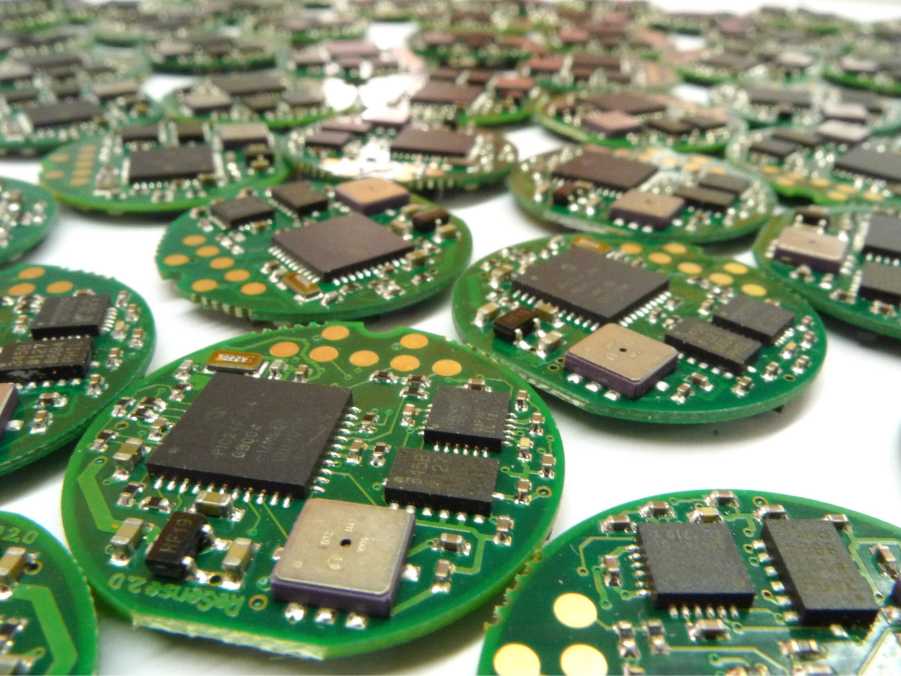Long-Term Activity Monitoring
Neurological diseases such as stroke, Parkinson’s disease or spinal cord injuries can cause various forms of motor impairments. Wearable sensors are a promising approach to collecting physical activity data of patients in order to objectively monitor their recovery outside the linical environment, as well as to investigate the transfer of therapy to activities of daily living.
Contact
Rehabilitation Engineering
Gloriastrasse 37/ 39
8092
Zürich
Switzerland
ZurichMOVE
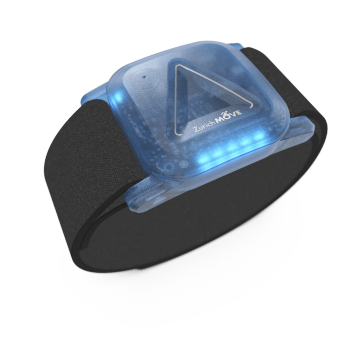
This project is part of the external page ZurichMOVE initiative, in the context of which a new sensor generation is being developed and clinically validated. ReSense external page (Leuenberger and Gassert, EMBC 2011) served as a basis for these developments.
Encouragement of Active Arm Use
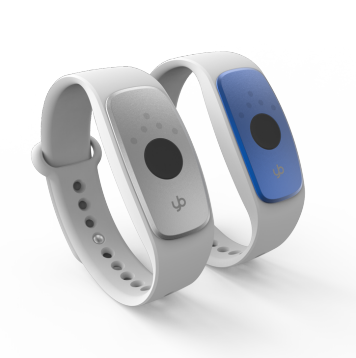
Together with the startup yband therapy AG (now part of tyromotion GmbH), the University Hospital Zurich, the Zurich University of the Arts and the University of Applied Sciences and Arts Northwestern Switzerland, we developed and clinically evaluated a wearable sensor based encouragement system to promote active use of the paretic arm in stroke survivors.
Asessments of motor function are crucial to identify appropriate therapies for patients suffering from neurological injuries such as stroke and adapt these therapies to the patient’s individual progress. Clinical scales such as the Fugl-Meyer Assessment (FMA) or the Wolf Motor Function Test (WMFT) are used to assess the extent of sensorimotor impairment as well as to monitor the recovery over time. These tests are typically performed by physicians, physical or occupational therapists in a clinical environment at discrete time points. These assessments provide useful information on the efficacyc of therapy in rehabilitation centers and help to determine when a patient can return home. However, such assessments are often time-consuming to administer and provide subjective results with linited sensitivity, which are difficult to compare. Typically, every clinic or therapist will have their own preferences as to which assessments to administer, making it impossible for the field as such to exchange and compare data of clinical trials. Furthermore, clinical assessments typically reflect the patients capacity (what they can do), rather than their true performance (what they actually do in everyday life).
To address these issues, we are investigating methods to monitor patients with motor deficits during their daily life using werable sensor technology. We have developed low-power sensor modules featuring accelerometers, gyroscopes, magnetometers and a barometric pressure sensor which can be used to quantify physical activitiy over a period of several days. An important aspect of our tools is that they are easy to handle and well suited for use in a clinical setting. In addition to hardware developments, we are developing and clinically validating algorithms to efficiently analyze these long-term recordings with the aim of extracting performance and behavioral parameters such as intensity of arm movements, walking velocity or body posture.
Funding
- ETH Zurich / ETH Zurich Foundation
- Private Foundation
- Hochschulmedizin Zurich (HMZ) Seed Fund
- International Foundation for Research in Paraplegia (IRP)
- Wings for Life
